Coplanar waveguides (for example picture look here) are often used in research to create a local in-plane magnetic field. Now if compared to a planar microcoil like this,


driven by a AC voltage in the 1-5 GHz range, what would be the major limitations or differences when comparing those 2 techniques looking at the output/spectrum/power?
- the cpw has probably the advantage to create a narrow band ac field with high q-factor and can be simply tuned by the GHz-Emitter over the whole 1-5 GHz range?
- what will the AC magnetic field spectrum of the microcoil look like? Symmetrical/asymmetrical and broad around a peak at the driving frequency of the AC voltage source? But compared to CPW not temporally constant and underlying light resonance excitation? Is 1-5 GHz too high driving frequency to transport here energy at all to create a AC field?
- what the difference in field strength (nT, mT, Tesla) that can be reached with those 2 techniques? Consider that both systems have a size in the the low micron meter range (below 100 micron lateral size)
- the inductance of the microcoil will vary strongly over the 1-5 GHz range and due heating of the coil change additionally?
Where am I wrong/right. What did I miss?